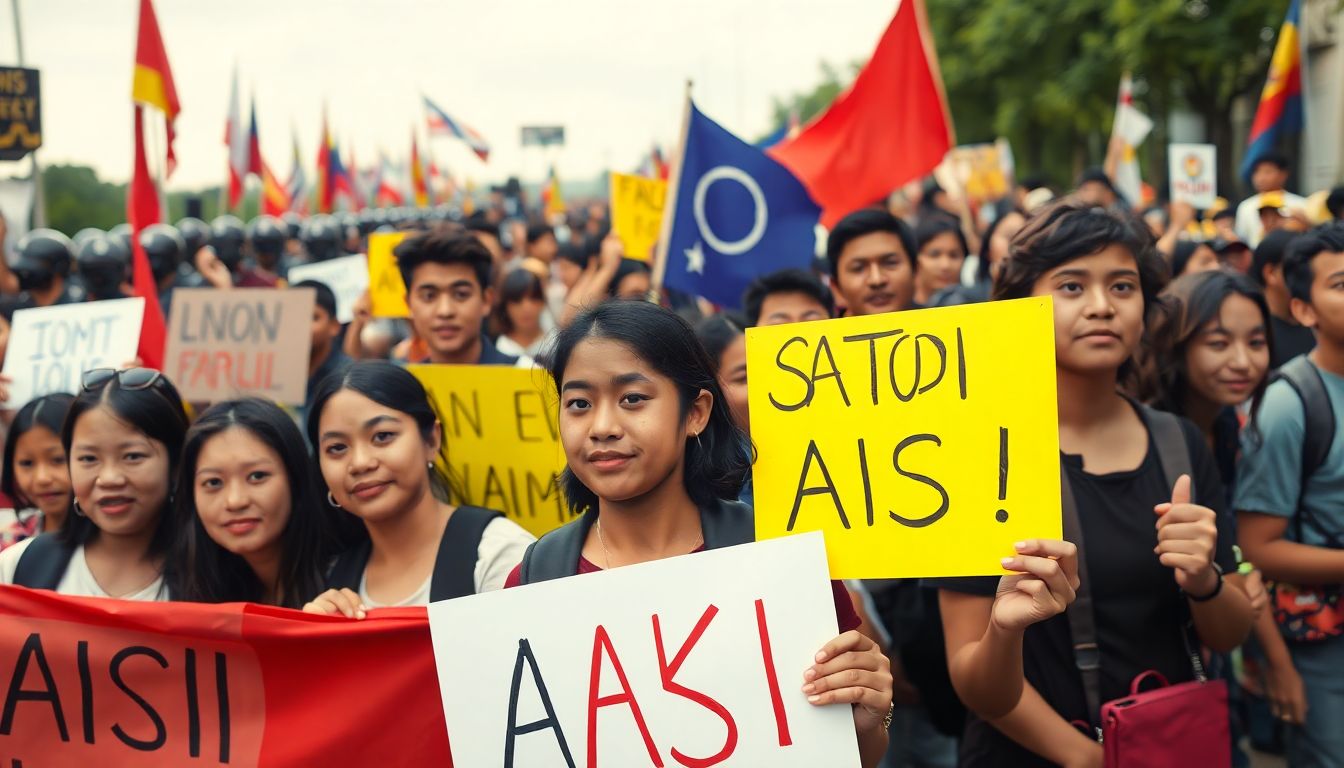
Aksi Demo Mahasiswa: Sejarah, Dampak, dan Strategi Efektif
The history of student protests in Indonesia is rich and complex. Student activism has played a crucial role in shaping the nation's political landscape. From the fight for democracy to issues of social justice, students have consistently raised their voices. Recent events show that this passion and commitment remain strong.
Student demonstrations show the power to impact society. They highlight pressing issues like economic inequality and political corruption. The relevance of these protests continues as students engage with social and political matters.
Understanding the Dynamics of Mahasiswa Demonstrations
Key motivations behind student protests often focus on:
- Economic Inequality: Many students call attention to the growing gap between the rich and the poor.
- Political Corruption: Corruption scandals prompt students to demand accountability from their leaders.
- Social Justice: Issues like education access and human rights see students taking to the streets.
Common methods of protest include:
- Marches and Rallies: Public demonstrations gather large crowds demanding change.
- Sit-ins: Students occupy spaces to draw attention to their causes.
- Online Activism: Social media campaigns raise awareness and organize support.
Social media plays a vital role in connecting students and amplifying their messages. Platforms like Twitter and Instagram allow rapid communication and organization on a large scale.
Historical Context: Landmark Student Protests in Indonesia
The history of student activism in Indonesia includes significant events:
- 1966: Students protested against the Sukarno regime, pushing for reforms and democracy.
- 1998: The student movement was instrumental in toppling Suharto's New Order regime.
These protests changed the socio-political landscape and fostered a sense of civic responsibility among the youth. Their long-term effects continue to shape Indonesia's governance and civil rights.
Impact and Consequences of Student Demonstrations
Student demonstrations can lead to various impacts:
- Short-term Effects: Protests often gain media attention, prompting government responses.
- Long-term Effects: Many movements lead to policy changes and social reforms, shifting political power.
For example, the 1998 protests not only ended a dictatorship but also catalyzed the reformasi era, bringing significant changes to government structure.
Strategies for Effective and Safe Student Activism
To ensure successful activism, students can adopt several strategies:
Planning and Organization:
- Form coalitions with like-minded groups.
- Set clear, achievable goals.
- Secure necessary permits for gatherings.
Risk Mitigation and Safety Measures:
- Establish clear safety protocols.
- Prepare for possible police encounters.
- Maintain constant communication among participants.
Engaging with Policymakers and Media:
- Develop clear messaging to convey demands.
- Utilize digital tools for outreach and awareness.
- Build partnerships with various stakeholders for broader support.
The Future of Student Activism in Indonesia
As technology continues to evolve, so does student activism. Emerging trends include:
- Greater Use of Technology: Platforms provide avenues for organizing and sharing information.
- Online Petitions and Crowdfunding: Tools that enable broader participation.
Challenges remain, notably navigating political polarization. Maintaining momentum for initiatives is crucial for continued impact.
Conclusion: The Enduring Power of Student Voices
Student activism in Indonesia remains a powerful force. The historical significance of these movements cannot be understated. As the next generation becomes engaged, the potential for change grows.
Participation in protests requires responsibility and awareness. Understanding the issues and organizing thoughtfully leads to more effective activism. Student movements play a vital role in shaping Indonesia's development, making their voices indispensable for the future.
Engaging in informed actions allows students to influence policies and drive social change. The strength of their collective voice will shape the direction of the nation ahead.